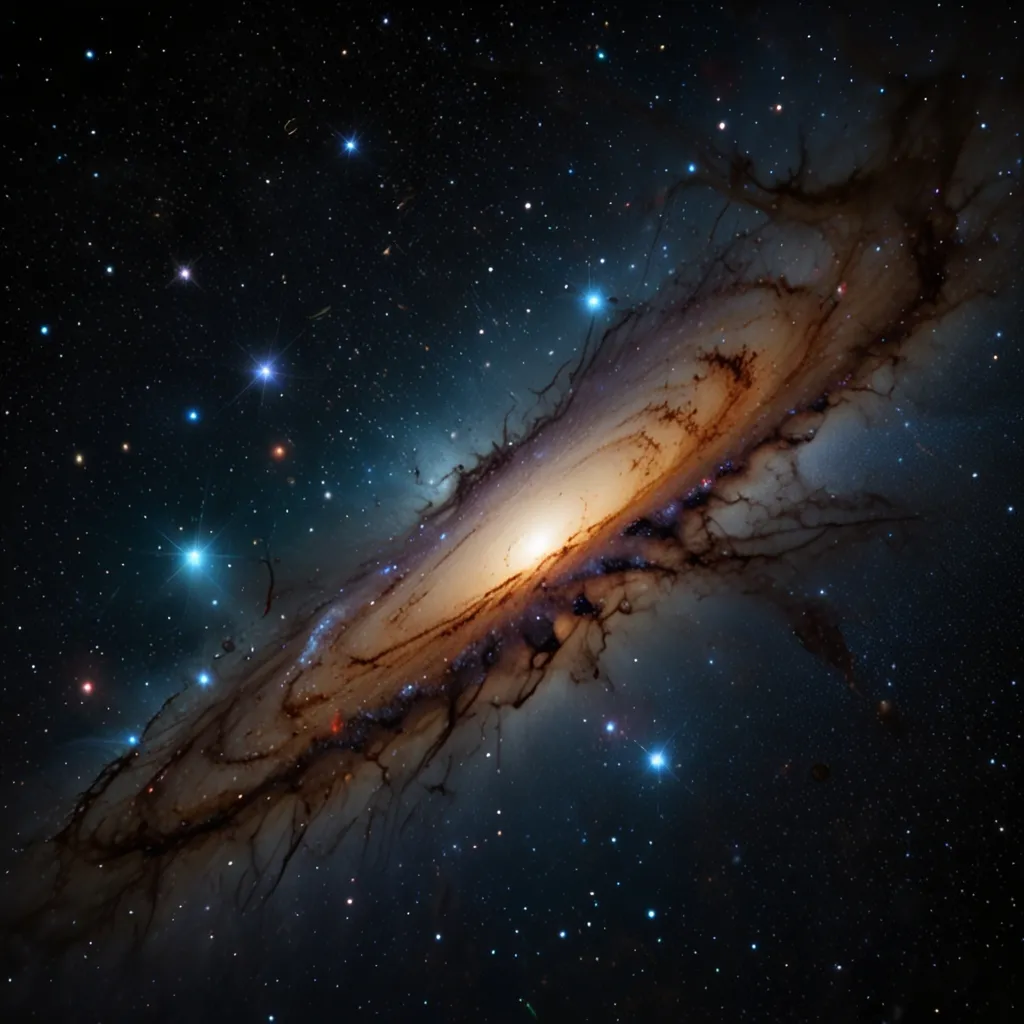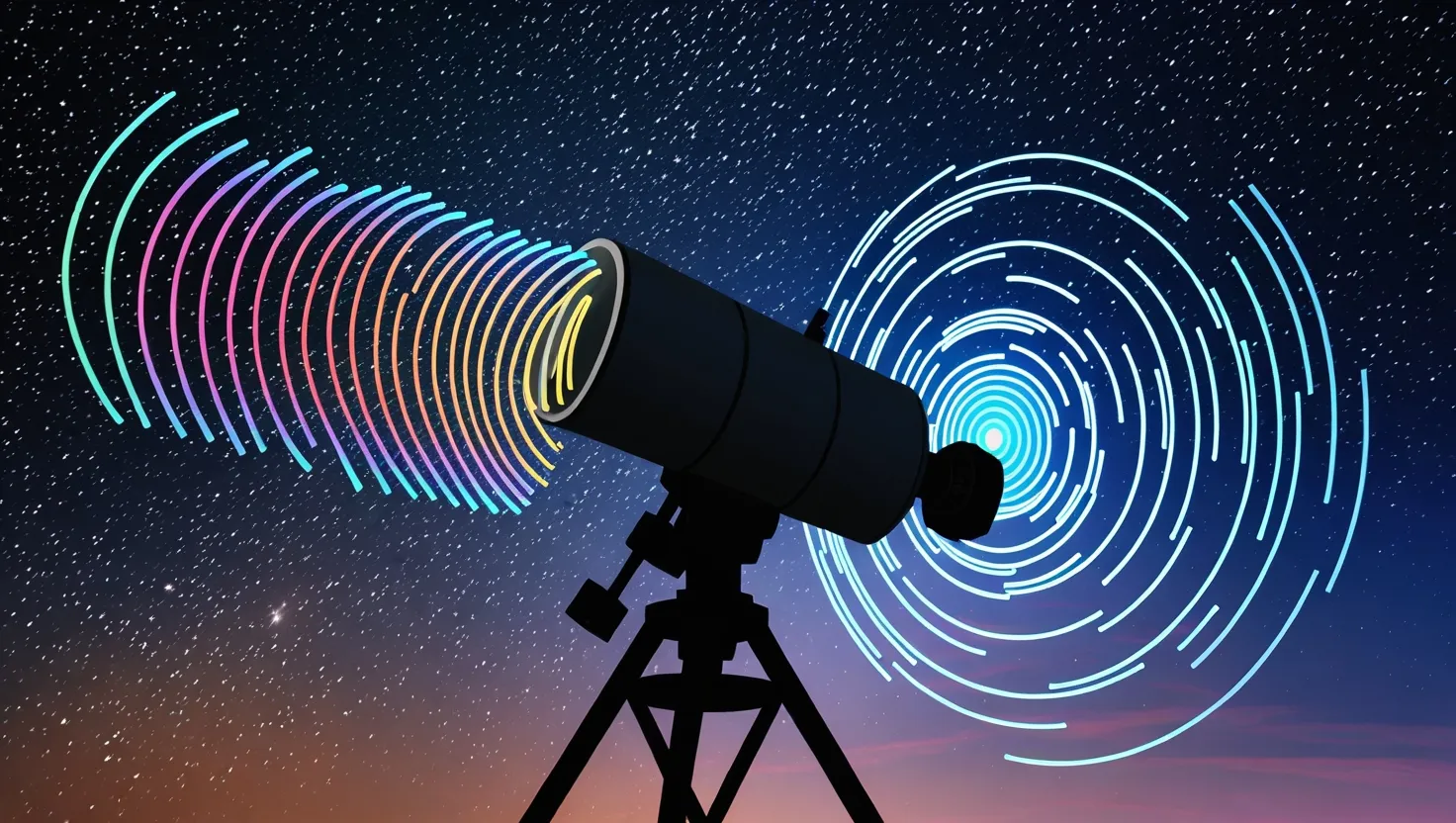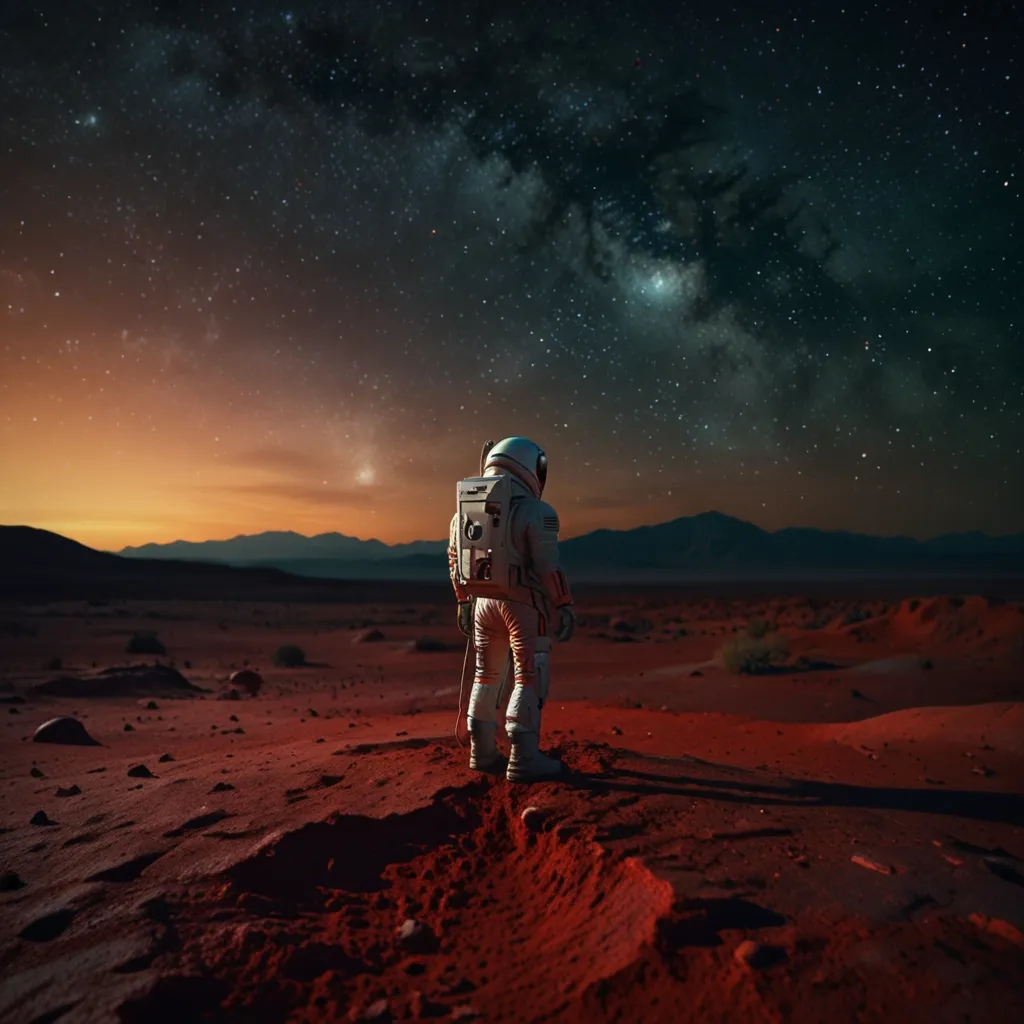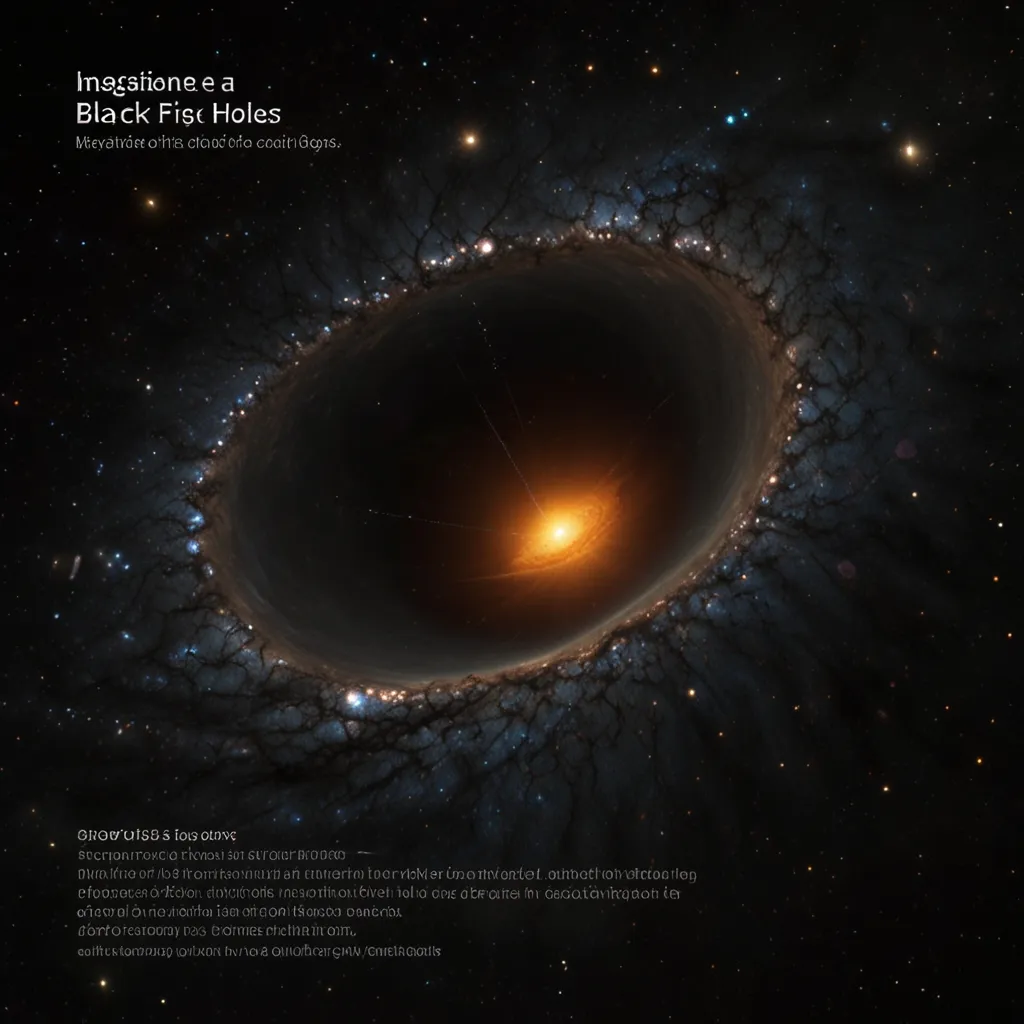Imagine a world where diamonds fall from the sky, nights stretch longer than years, and unseen forces mold everything around us. Sounds like a fantasy, right? But this is our universe, a place brimming with wonders beyond our wildest dreams. The universe holds endless mysteries, from the moon’s familiar face to the distant, swirling galaxies. Each discovery not only unveils more about the cosmos but also highlights how our individual problems shrink in comparison.
Let’s embark on an awe-inspiring journey through the universe, traveling from minuscule atoms to colossal galaxy clusters.
The universe began its story with tiny subatomic particles, like quarks, electrons, and photons. In the universe’s early days, things were hot and chaotic, with these particles buzzing around. As the universe cooled, these particles clumped together to form protons and neutrons, giving birth to hydrogen atoms. This era left behind cosmic microwave background radiation—a faint, ghostly hum still detectable today, echoing from the universe’s infancy.
As atoms formed, gravity and dark matter kicked in. Tiny quantum fluctuations created slightly denser regions that began attracting matter, slowly forming stars, galaxies, and galaxy clusters. Dark matter, an unseen force that doesn’t emit light or energy but exerts gravity, played a crucial role in this cosmic dance.
Galaxies evolved and interacted over billions of years. Spiral galaxies, like our Milky Way, grew by drawing in gas and stars. Elliptical galaxies, more laid-back and older, often resulted from galactic mergers. These galaxies cluster together, forming superstructures interconnected by thin strands of dark matter, creating a complex web we call the cosmic web.
Now let’s talk about how the Big Bang set everything into motion. It wasn’t just an explosion of matter but an explosion of space itself. The first microsecond of the Big Bang was intense, featuring a quark-gluon plasma where quarks and gluons roamed free. As the universe expanded and cooled, they combined to form protons and neutrons, eventually leading to atoms and everything we see today.
The Big Bang theory remains our best explanation of the universe’s beginning. Supported by the Lambda Cold Dark Matter model, it describes the universe’s expansion and the role of dark matter and dark energy. The cosmic microwave background (CMB) radiation, discovered in 1965, provides a snapshot of the universe when it was just 380,000 years old. This ancient glow offers a peek into the universe’s early conditions and evolution.
Scientists keep diving deeper into the universe’s origins and evolution, with theories like the steady state theory and the ekpyrotic model proposing alternative ideas. Yet, the Big Bang theory stands tall, backed by solid evidence and forming the basis for modern cosmology.
Our universe abounds with diverse galaxies and complex structures. Spiral galaxies have those iconic arms shaped by star formation. Barred spiral galaxies, like the Milky Way, have a central bar from which arms extend. Meanwhile, elliptical galaxies, ranging from circular to elongated shapes, host older stars with less active star formation. Irregular galaxies, often chaotic and rich in gas and dust, don’t fit neatly into the spiral or elliptical categories.
A star’s life begins in a nebula—a giant cloud of gas and dust. Gravity pulls parts of the nebula together, forming protostars, which eventually become main-sequence stars like our Sun. A star’s mass significantly influences its life cycle, with massive stars ending in supernovae and often forming neutron stars or black holes. Neutron stars are dense, city-sized objects, while black holes are regions of spacetime with gravity so strong that nothing can escape.
Exotic phenomena like quasars and blazars push the boundaries of our understanding. Quasars, powered by supermassive black holes, emit immense energy across the electromagnetic spectrum. Blazars, a type of active galaxy, appear exceptionally bright as their jets point toward Earth. Pulsars, rapidly spinning neutron stars, emit beams of radiation and help test general relativity and study extreme states of matter.
Planet formation is another frontier. Planets form in protoplanetary disks around new stars. Dust and ice bits collide, growing into planetesimals and eventually protoplanets. Observations from telescopes like the James Webb Space Telescope offer insights into this process, highlighting the role of icy pebbles and water vapor.
Missions to our solar system, from the Voyager probes to the Mars Perseverance rover, have expanded our knowledge of planetary environments, potential habitability, and the solar system’s history. Discoveries of exoplanets orbiting distant stars have reshaped our understanding of planetary diversity and potential life-bearing worlds.
The universe, however, has hidden components like dark matter and dark energy, which make up about 95% of its total mass-energy content. Dark matter, detectable through its gravitational effects, holds galaxies together. Dark energy, even more mysterious, accelerates the universe’s expansion. Understanding these elusive elements is essential for a complete cosmic picture.
One of physicists’ grandest quests is unifying quantum mechanics and general relativity into a single theory. Quantum mechanics deals with tiny particles, while general relativity explains large objects and spacetime. These theories clash fundamentally, hindering a unified “theory of everything.” Some approaches propose random spacetime fluctuations instead of quantized spacetime, aiming to reconcile quantum and classical aspects of the universe.
Concepts like spacetime, gravity, and even hypothetical wormholes challenge our understanding further. Spacetime combines dimensions of space and time, with massive objects bending this fabric, leading to gravity. Wormholes, though speculative, could theoretically allow shortcuts through spacetime, potentially enabling time travel, though practical challenges abound.
Our universe’s fate sparks fascinating theories. The Big Freeze envisions the universe expanding endlessly, leading to a cold, dark future with no new stars. The Big Rip suggests the universe will expand so rapidly that even atoms will fly apart. Heat Death theorizes a universe where everything reaches the same temperature, halting all activity.
Despite these scenarios, our exploration continues. New discoveries and technologies promise to reveal more about dark matter, dark energy, and the potential for life on other planets. As Carl Sagan famously said, “The cosmos is within us. We are made of star stuff. We are a way for the universe to know itself.”
So, let’s stay curious, humble, and eager to learn. The universe awaits, with mysteries to solve and wonders to explore.






